First of all, thank you Nordic Digital for providing such a great lens for to try out how it performs in track and field.
The lens was announced in 2003 already, still in production as of 2011, official web site of Tamron for this lens. In a word it is a high quality lens, Tamron is proud to name it "High-Class Tele Macro" which the clarity and sharpness of the glass definitely deserves. This short review does not cover any technical measurements (you can find several of them available, just put the lens name + review in some search engine), but rather impressions about how it performed in daily use. So let's take a closer look.
Out of the box; build quality.
In the box you can find the lens, massive lens hood, metal tripod stand (detachable), high quality lens bag, gaps and manual. The design is classic Tamron-like with lots of gold and some blue/white colors used. Body is of the high quality despite its plastic housing (some users are complaining the build quality feels cheap compared with their L glass - not a problem for me during using the lens some weeks (or a couple of thousand of shots)). So the lens looks/feels as good as you could dream, considering the price tag.
It's a full frame lens, so you can use with your film body if you'd like, or with your latest digital FX body. Works also nicely with DX/aps-c, which improves the actual macro performance even better (it is 1:1 with the full frame, so the at the closest focus distance you can have 36x24mm at your full resolution).
Tamron has decorated the lens with three "technical notes", AF (Auto Focus), SP (Super Performance) and Di (Digital Integration). There's also IF marked at the producer's home page, Tamron interprets the well known pair of letters of having the lens responsible of focusing being inside the body (more information (click IF at the page)).
SP - Super Performance - stands for the best Tamron can produce (both optical and build quality), Di stands for lens coating for digital cameras (many older lenses had problems with the reflections caused by the closest lens for the sensor). As of today, the newest Tamron lens are marked with Di II, lens built especially for aps-c sized sensors.
As it is a fixed lens, the majority of the external design is just the focus ring. There's also the SEC ring (allows filter to be turned by simply turning the filter thread), also the manual aperture ring when desired to use the aperture manually (latest digital backs are eager to remind you to lock the aperture ring at minimum though).
Tamron claims this lens to be F:3.5 constant aperture, but the actual maximum aperture value varies from the farthest/infinity focus being 1/3.5 to the closest focus being 1/5.6. (I could not find confirmation to this from any review, how ever I was able to use the lens in two Nikons (D40x, D90), and both bodies acted the same, so there was no possibility to use the maximum aperture at the closest focusing distance.
Lens in use. Optical Quality.
Once you mount the lens in your camera, the look and feel is that this is something serious, and anyone staying next to you can see you smiling like a stupid fool. So is there a reason to smile on, when it comes to actual shooting?
Majority of the information I had before trying the lens, was 90% of the users claiming the glass to be just superior. This is something I can only confirm - the lens is very sharp, even at its widest aperture. Majority of the lens, especially fixed focus lens, with quite a bright aperture, are often able to perform at its best when stopped down a step or two. So a typical scenario at this case would be to stop down a 1:1.4 lens to 1:2.8 and there's the excellent performance you considered to be usable.
Fortunately this is not the scenario with the Tamron 180mm F:3.5 It's very sharp already at wide open and I believe users are appreciating slower lens performing with excellence at its widest, than faster (and therefore more expensive and heavy) lens performing poorly at its widest aperture.
At a very intensive testing at various conditions I found the F:6.3 to be the sweet spot of the lens; this could differ from one copy to another (in my case F:6.3 always gave excellent results). The glass also tolerates shooting agains light quite well, not paying too much interest to contrast or lens flare.
This the 100% view of the previous picture (Aperture F:5.6, ISO400): the subject distance is near to the closest possible:
As you can see, the lens perfectly represents the paradox of physics - the closer the focus (the larger the detail), the higher the interest to be paid, to the quality of the picture. Specifically as we have macro lens here, we have to consider the following at very close focus distances (especially at 1:1):
- extremely thin depth of field (tricky to select the desired focus point; note that at the given picture, the desired focus point could be the eye, not the center of his head)
- optical distortions, including chromatic aberration and sensitivity for taking the picture against the light source (lens flare, poor contrast of image).
- potential to have the image blurred despite the decent shutter speed (as a rule of thumb, a generally "good" shutter speed could be 1/focal lenght, so 1/180s with this lens, or even 1/270 when we are using DX sensor)
There are also other aspects like if the subjects was not moving and if your hands were steady, so considering all of the above, theres a lot of potential that you do not get a good shot rather than that you get sharp, well focused, well exposed shot. In many cases, it was almost impossible to get anything good without stabling the lens (especially when shooting small animals, like this one here (he was about 12mm long).
The lens also works great as a tele photo lens, however this was not the main subject of the testing this time. An example of non-macro shot as follows, together with the 100% crop to give the idea of the actual sharpness:
The aperture value is F:4.5, shutter speed 1/180, ISO200. The subject distance is around 2 meters. (You can also download the pictures and take a look at the actual EXIF if you need full specs of the picture).
Finally, here's an example of how the lens performs with the subject being almost at infinite focus (F/5.6, 1/400, ISO400):
Bokeh.
The bokeh is a nice word (originally in Japanese - means "to blur") understood by photographers as how pleasing is the out of focus area of the image, for the eyes. The "good" bokeh should be "smooth and buttery" while the "bad" could be "too sharp, hurting the eyes, jagged, with CA" and in a word, anything you'd like the nice out of focus image to look like. The majority of how good the bokeh is, depends on how high quality glass is used. So the high quality lens should have "high quality bokeh". (I'm using quotation marks here because the subject of the nature of bokeh is always arguable - some of like it in one way, some another way).
The bokeh also depends on what kind of (rounded or straight), and how many, diaphragm blades are used. This basically "draws" the shape of the contrasty areas of the bokeh, with rounded (newer) blades in general to be smoother than the straight ones. The number of blades can also help, for example a bokeh with 8 blades of diaphragm can look better than one with 6 blades; so bokeh created with 8 rounded blades can look considerably better than with six straight blades. You can find enormous amount of articles about bokeh around, if you care to browse the web.
Finally, the bokeh depends on what's there at the background and how close is the focus of the subject (so "how far away" is everything else).
Despite having 7 blades only, the bokeh of Tamron 180mm F:3.5 Macro is just marvellous. The long focal course and close focus guarantees you that anything you'll have in the background will appear smooth and buttery, as one good bokeh should be.
Thanks to its thin depth of field and superb bokeh, this lens is also quite usable as a portrait lens, and if you'd like to take pictures of someone where the differentiation from the background is important. The characteristics of the wide open (F:3.5) is quite similar to Nikon's 70-200mm/2.8 VR(I) lens; comparing how the lens look side by side, there coating also looks quite similar, so who knows maybe there's some connection between them ;)
Focus and Auto Focus.
This is the part of the lens review I'd like to skip - the auto focus of this lens is just not usable for me. The only scenario the auto focus would be useful, is to track a subject with a capable camera (DX/FX Pro line, D300x, D700, D3* in Nikon's model selection), or when your subject is moving very little at a given focus distance (for example if you are shooting objects farther than 5-6m).
This is a dedicated macro lens so the AF is built to focus closer subjects first. This means that if your subject is out of focus, the camera first screws the focus to the closest focus point (takes about 3,5 seconds with D90 body), and then starts to screw the focus back to infinity, where your subject could be. This means 7-8 seconds waiting time! A new prime minister can take over the work of the existing one, not talking of small flying objects flying around, any other wildlife you'd like to capture. The AF decides to choose the infinity direction of focus ONLY when the camera clearly understands that the subject is at the farther than the current focus, not closer. So with all that said, the screwed AF can really screw you, no matter the direction; so totally unusable in majority of situations you can think of in macro world.
Fortunately the view through the prism viewfinder is bright and clear, so you can, at any time, focus the subject manually without any hassle. It seems the Tamron engineers are also aware of that, and kudos to them, as the manual focus really works smoothly with this lens, and I had no problem to have any subject focused precisely in manual mode.
The auto focus, as it is screw based one, is also quite loud, so no AF-mode in silent nature (I would not mind the loudness otherwise, if I had the AF working quickly and smoothly).
With all that said, once the auto focus snaps the subject, it is very accurate; and if the subject is not moving too fast, it can easily track the subject through the majority of the focus range.
Drawbacks.
While the performance of the optical side of this lens is simply excellent, there's also a couple of details I'd like to see at the next model of this lovely lens.
- First of all, the auto focus. The USM/SWM type of auto-focus would be not only great, but absolutely a must!
- Focus limiter(s). With a lens with such a loooong focal course, there should be at least 2 limiters: 1) from 1m to infinity; from 1m to the closest focus. Preferably even 3: inf-1,5, 1,5-0,75, 0,75-0,47 (Closest). This would allow the user to use autofocus 99% of the time efficiently and smoothly (at the moment, user might want to use MF 99% of the time).
- Full time manual focus override. A standard solution for majority of professional lenses these days, this option would always be appreciated (no matter the capabilities and intelligence of the modern AF-s, human eye is always faster and more precise)
- Vibration Control - VC (This is the term Tamron likes to use, Nikons have VR, Canons have IS). It would definitely be quite helpful to have a lens with such a long focal length stabilized, so there's some serious advantage with not that good (light) conditions to shoot. Even one stop advantage would be just great (Tamron is currently offering the 1st generation of their vibration control system; while the engineers of Nikon and Canon can already have the VR/IS1 at their left hand the VR/IS2 and their right hand claiming "this one worked well, but this one works even better")
- Weather sealing. Shooting serious macro does not only mean a walk in the park. So many of the photographers would appreciate if they could take pictures at a light rain or not so common conditions. (The worse the (weather) conditions to take the picture, the better the chance to get a really great picture).
I do not personally miss the all-metal body. It would add unnecessary weigh and I'm not a type of user using the lens as a table stand or a clawhammer. The contradiction here is, that the weather sealed body often refers to a metal constructed lens. So go get it, perhaps the engineers have something to think about, here.
Bottom Line.
In a word, what I really liked:
- the build quality of the lens. A pleasure to use in a wide variety of conditions.
- the performance of the optics. Clear, contrasty and sharp pictures.
- the lovely bokeh
- the awesome manual focus ring
I did not enjoy the following:
- auto focus unusable at majority of shooting situations
- the lack of lens stabilization
- the lack of focus limiter(s)
- the lack of full time manual focus override
- the lack of weather sealed body
Majority of the time I was using the lens (about 2 weeks, around 3000 shots), I was using it in aperture priority and manual mode 50/50, with manual focus and auto focus at 99/1 ratio. So this is my personal experience how the lens worked in real use. Considering the price tag (around €700 in EU) you get some stunning glass for your money. But I'm sure many would like to pay much less for the useless AF; at the same time, many would love to pay extra to have the for all the current drawbacks listed above.
The better the mixture, the better the picture. The Tamron 180mm lens is a nice mixture of high quality glass, well built body and smooth manual focus. The glass is always #1, so you can enjoy your 180mm Tamron at the fullest if you know what you are dealing with.
I had no problem with buying a beer to the engineer responsible of the optical quality of this great lens. But to have the glass better, and even more with everything listed at the "Drawbacks".. this would be one hell of a party. Considering the current model is already some 8 years old, I'm quite sure we'll see this lens (even with better glass) with all the bells and whistles very very soon.
You can also take a closer look at the 8 photos posted just previously, all of them are shot with the same, 180mm Tamron lens.
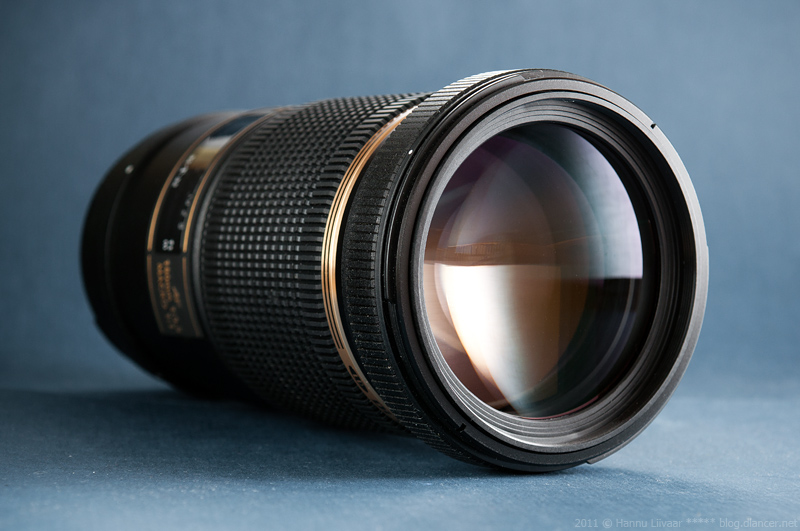
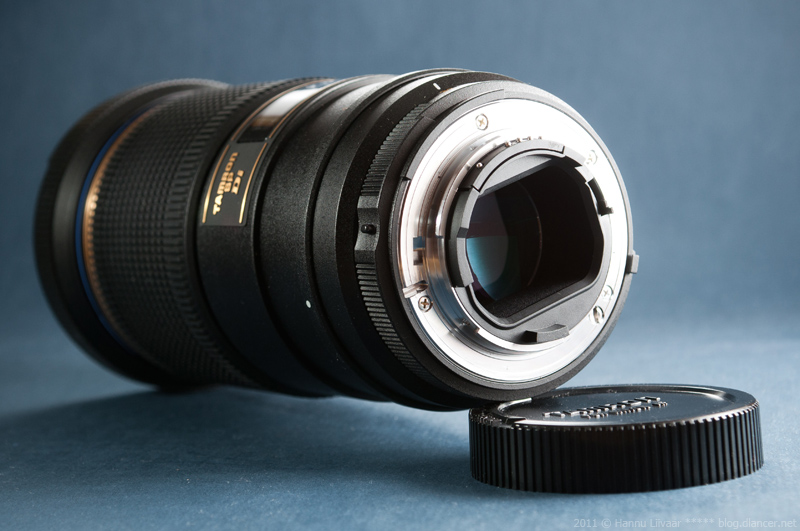
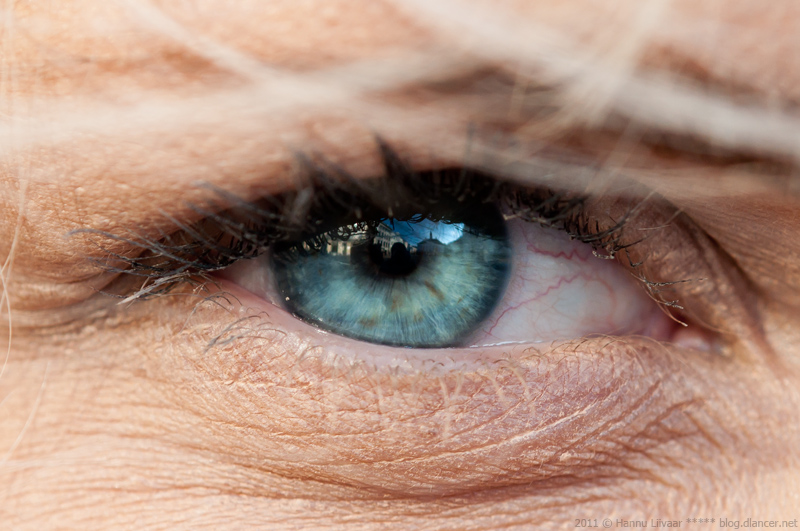

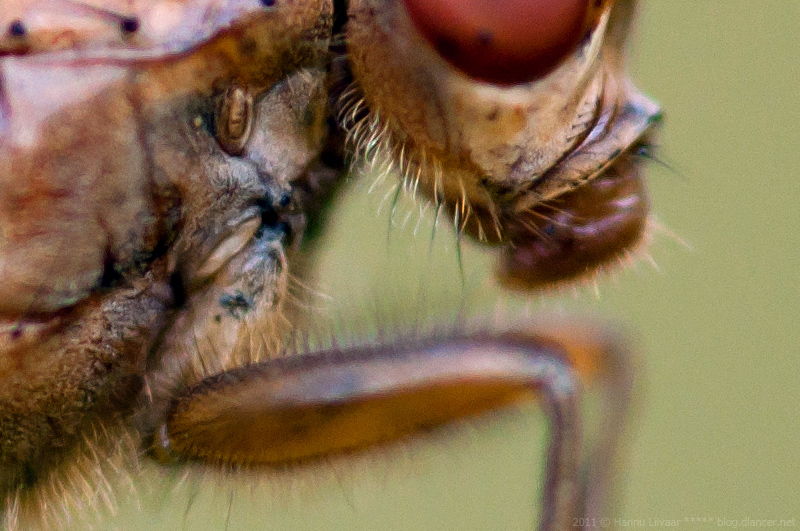
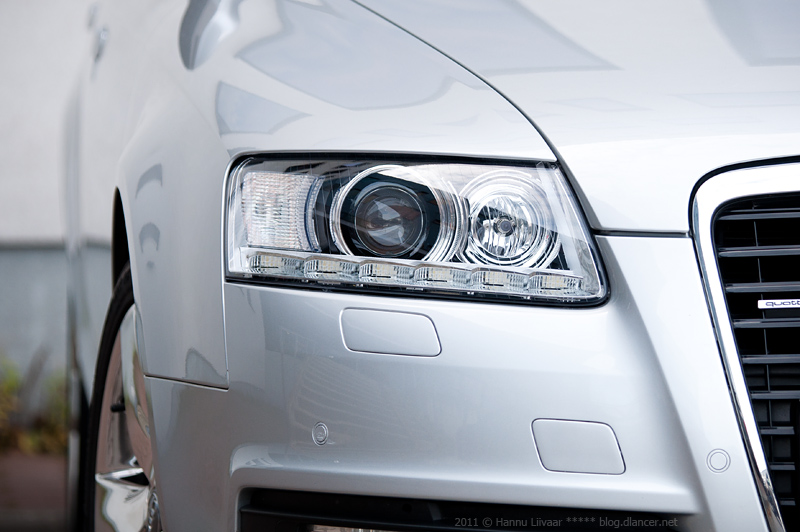
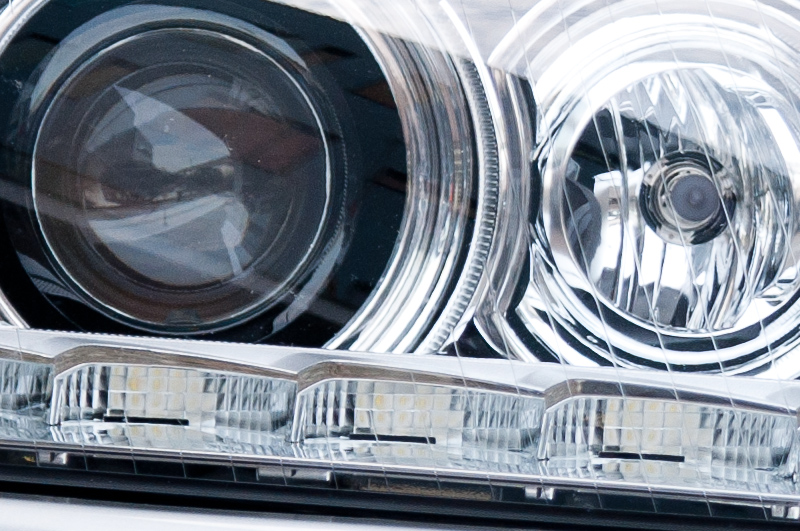
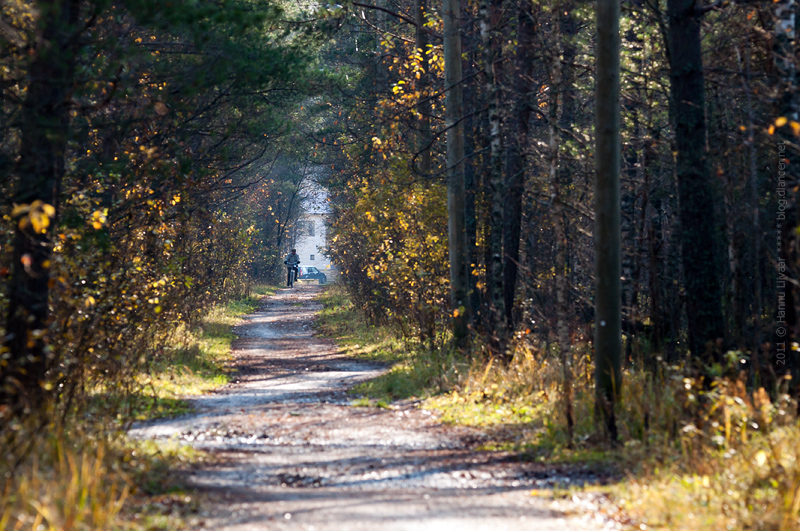
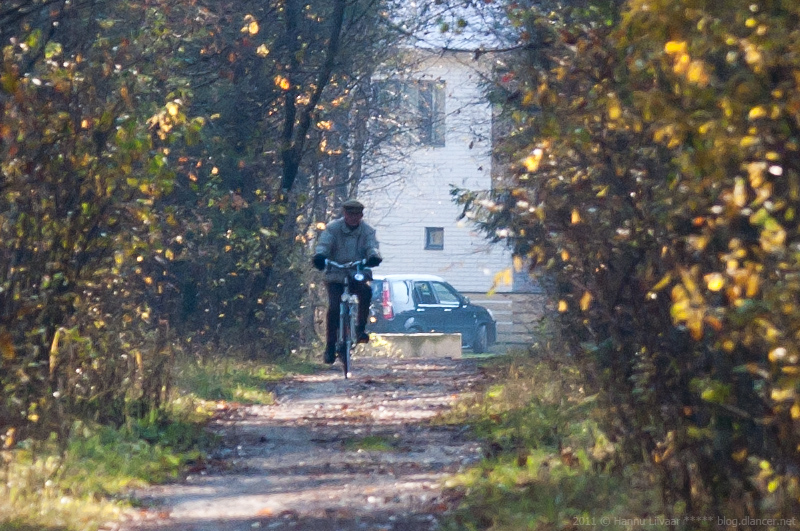
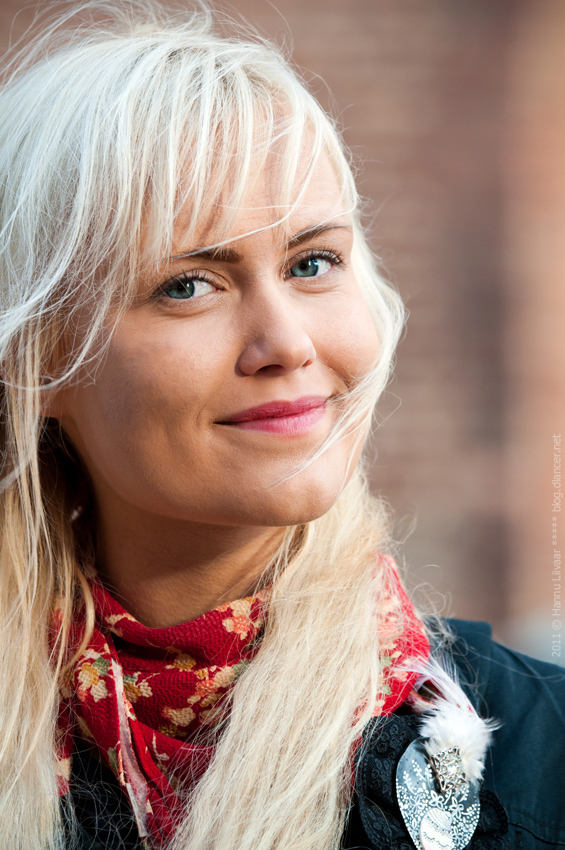
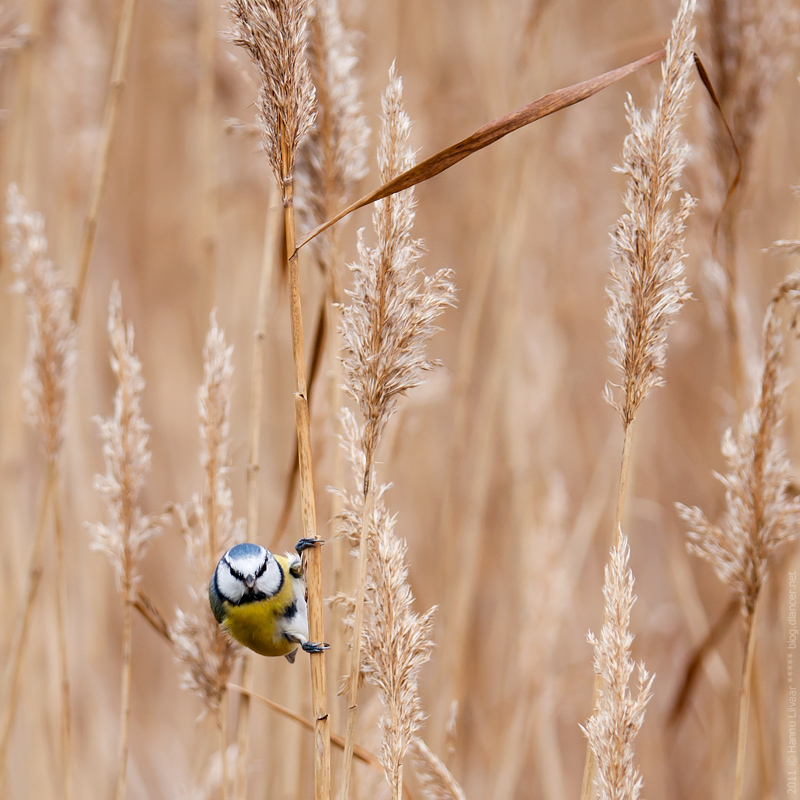


Great article thanks for sharing your experience. Would the lens be usable handheld on a full frame like d700? I'm debating between this lens and sigma 150 2.8 non os. Most if not all my shots are handheld so it's one of the most important factors for me.
ReplyDeleteThank you for the comment. Yes, I can easily recommend this lens to a full frame DSLR like Nikon D700. It really depends on so many factors how steady you can hold your lens, i.e. hands, position of the body, weight of the camera/lens.. also how close is the subject when we are talking about macro lens.. the closer the subject the harder to avoid shaking as the magnification gets larger. To summarize, Tamron 180/3.5 is a solid piece of lens, so if you have steady hands (D700 is already nice "heavyweight" body), there should be no problem to shoot macro hand held.
ReplyDeleteI have had this lens for over 3 yrs now and it is still my only go-to lens for macro... The only other lens I would like to try is the Nikon 200mm Micro, that being as expensive as it is has made this lens stay in the like light.. give had the sigma 105mm and that did take wonderful photos but I needed the longer distance between my self and the victims I would shoot...
ReplyDeleteI have seen it second hand for about 500 Au dollars... If your into the Macro I would definitely suggest this lens... I use mine on a monopod because I instantly turn into a epileptic when it's time to shoot...
I brought mine new for $1200 Au and it now sits on my Nikon D850 and it truly is amazing... Macro is my first and almost my only style of Photography and I can't go past this lens...